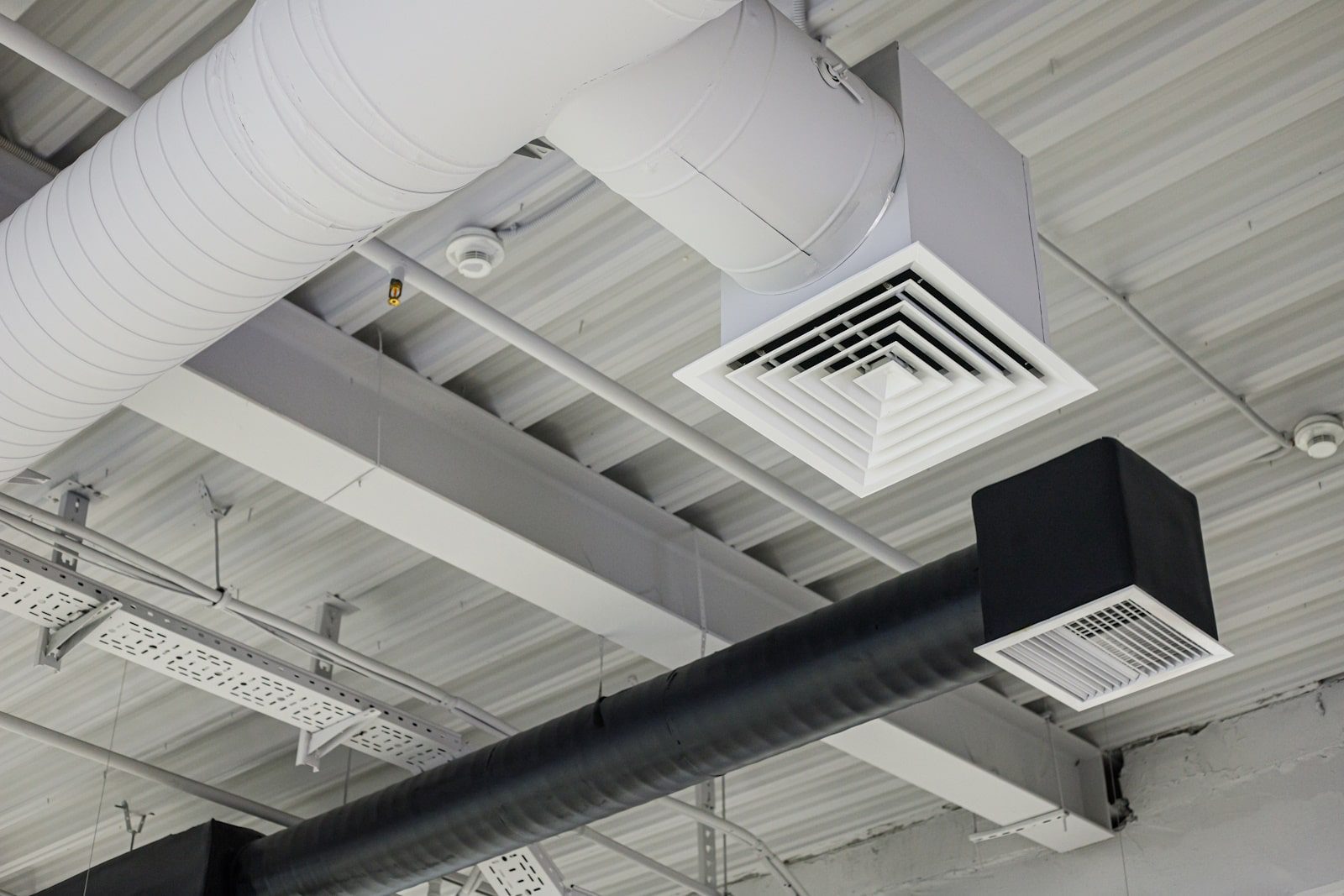
Thermal Comfort in Interior Design for a Company
In the realm of interior design for company environments, thermal comfort is a crucial yet often underestimated aspect that directly influences occupant well-being, productivity, and overall workplace satisfaction. Achieving optimal temperature regulation within commercial interiors is not merely about setting a thermostat but involves a sophisticated understanding of thermal comfort science, including environmental factors, human variables, and cutting-edge building technologies.
Understanding Thermal Comfort Principles
Thermal comfort can be defined as the condition of mind that expresses satisfaction with the surrounding thermal environment. It is a subjective state but governed by objective physical factors that must be carefully balanced in interior design for company spaces. The American Society of Heating, Refrigerating and Air-Conditioning Engineers (ASHRAE) Standard 55 and the International Organization for Standardization (ISO) 7730 provide comprehensive guidelines on thermal comfort.
These standards guide designers to create environments where the majority of occupants feel comfortable, generally falling within a defined “comfort zone.”
Key Factors Influencing Thermal Comfort
Four main environmental factors impact thermal comfort in office and commercial interiors:
- Air Temperature: This remains the most intuitive contributor. Spaces that are too warm or too cold cause discomfort, but even small variations can significantly affect comfort perception.
- Humidity: Relative humidity levels influence how the body perceives heat. High humidity impedes sweat evaporation, reducing the body’s natural cooling process, whereas low humidity can cause dryness and irritation.
- Air Movement: Proper air circulation helps distribute heat evenly and promotes evaporative cooling. However, excessive drafts can create discomfort.
- Radiant Heat: Heat emitted from surrounding surfaces, such as windows exposed to sunlight or heated walls, alters the perceived temperature independently of air temperature.
Balancing these factors in interior design for company premises requires a detailed understanding of building physics and environmental control.
Human Factors in Thermal Comfort
Human variables are equally significant in achieving thermal comfort:
- Clothing Insulation: The type and amount of clothing influence how much heat the body retains or dissipates. In professional environments, dress codes can vary widely, necessitating adaptable thermal conditions.
- Activity Level: Sedentary office work produces less body heat compared to physically active roles, affecting individual thermal needs.
- Personal Preferences: Thermal comfort is inherently subjective. Factors such as age, gender, and individual metabolism create different comfort expectations among occupants.
Incorporating these human factors into interior design for company environments ensures that thermal regulation strategies accommodate diverse occupant needs, boosting satisfaction and productivity.
Thermal Comfort Standards and Guidelines
Adhering to recognised standards is critical in commercial interior design. ASHRAE Standard 55 is widely regarded as the authoritative guideline for indoor thermal environmental conditions, establishing parameters for temperature, humidity, airflow, and radiant heat that promote comfort.
Similarly, ISO 7730 provides a scientific basis for ergonomic evaluation of thermal environments, using analytical methods to predict occupant satisfaction. The European EN ISO 7730 aligns with these frameworks, reinforcing international consistency.
HVAC Systems and Their Role in Thermal Regulation
Heating, ventilation, and air conditioning (HVAC) systems remain the backbone of thermal comfort management in commercial interiors. Modern HVAC technology goes beyond temperature control to regulate humidity, air quality, and air movement dynamically.
Efficient HVAC systems are designed to maintain steady indoor environments despite external weather fluctuations. Integrating HVAC design early in the interior design for company projects allows for energy-efficient solutions that enhance occupant comfort without excessive operational costs.
Advanced HVAC systems may include smart sensors and automation, enabling real-time adjustments based on occupancy and environmental data, ensuring personalised comfort for diverse office populations.
Passive Design Strategies for Thermal Comfort
While HVAC systems are essential, passive design strategies reduce reliance on mechanical systems and promote sustainability.
- Building Orientation: Properly orienting buildings maximises beneficial solar gain in winter and minimises overheating in summer, a principle that directly impacts interior temperature regulation.
- Insulation: High-performance insulation materials slow heat transfer, maintaining indoor temperature stability throughout the day.
- Shading Devices: External shading such as louvers or awnings control radiant heat from sunlight, reducing cooling loads.
- Natural Ventilation: Strategic placement of windows and vents promotes airflow, utilising natural breezes to cool interiors.
- Thermal Mass: Incorporating materials that absorb heat during the day and release it at night helps moderate indoor temperature swings.
These passive measures are increasingly vital in designing sustainable company interiors, reducing energy consumption while maintaining thermal comfort.
Impact of Thermal Comfort on Productivity and Health
The consequences of poor thermal comfort extend beyond mere discomfort. Research shows that workplaces with suboptimal temperature control experience decreased concentration, increased errors, and reduced productivity. Studies from occupational health institutions reveal that thermal discomfort contributes to fatigue, irritability, and even higher rates of sick leave.
Conversely, environments designed for optimal thermal comfort foster enhanced cognitive function, greater job satisfaction, and improved overall health outcomes. This underlines the importance of integrating thermal comfort principles within interior design for company projects.
Designing for Thermal Comfort in Company Interiors
Creating interiors that provide optimal thermal comfort demands a holistic approach—one that synthesises scientific standards, human factors, mechanical systems, and passive design strategies. For companies, investing in thoughtful interior design not only elevates employee well-being but also drives measurable gains in productivity and operational efficiency.
At Turnkey Interiors, we specialise in crafting commercial spaces that prioritise thermal comfort through innovative design and sustainable solutions. Contact us to learn how we can transform your workspace into a model of comfort and performance.



Leave a Reply